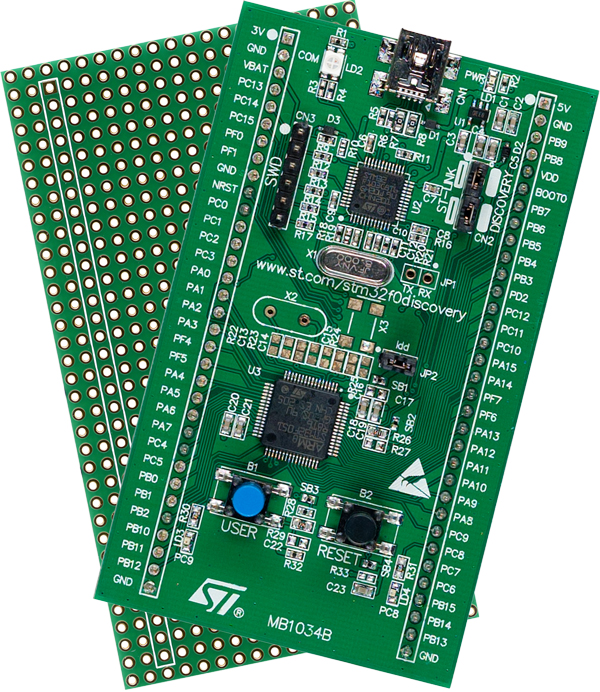NOTE 1/13/2018: The information in this post, while it is still valuable and worth reading, is obsolete. Please don't use this technique for building a toolchain for the STM32 series of microcontrollers. I recommend using System Workbench instead, which is still an Eclipse-based platform, but has done the hard integration work for you. I plan on releasing tutorials for this tool soon. (-ish. Grad school starts this week, so any time I had to write tutorials is going to be swallowed up.
Coming from the PIC and AVR world, I've been a little frustrated with the fact that ARM microcontroller vendors don't supply free development tools for their hardware. I've looked into commercial tools, but as a hobbyist I don't want to pay large sums of money just to tinker around with some new microcontrollers, and I'm reluctant to work with code-limited or otherwise crippled 'trial' or 'lite' versions of these packages. I've known for a while now that there is a free version of GCC that will run on Windows and cross-compile to ARM processors, but haven't really dug in to figure out how to install these tools. There's a surprising lack of clear instructions for the hobbyist to follow.
I found a tutorial written by Dr. Hussam Al-Hertani, an Electronics Technology College instructor, here. I was initially optimistic about this approach. However,the tutorial left me disappointed: Dr. Al-Hertani's approach is to maintain his own makefile, and he's content to use Eclipse as a basic text editor without leveraging the code parsing features that we all expect in a modern IDE. (Edit: Comments in part 2 of his tutorial have addressed this.) By putting include paths in the makefile, Dr. Al-Hertani's approach allows the code to build, but leaves red squiggly error indications all over the source code editor windows because the IDE hasn't parsed the include files as well. I find that these squigglies are distracting, and I find that leveraging the code-parsing features of an IDE helps me become a more effective programmer. So I set out to learn how to extend his approach to make full use of the IDE.
So I set off to teach myself how to install and configure an open-source toolchain for developing and debugging code on ARM microcontrollers. This is the first in a five-part series of blog posts on getting up and running with the STM32F0DISCOVERY board with free, open-source (FOSS) tools. Although I will be using Windows as my operating system, virtually everything in this tutorial series applies to Linux and Mac environments as well.
In future blog posts, I'll expand upon these themes for the STM32F4DISCOVERY board, the LPCXpresso board, and other ARM-based development platforms. And, of course, virtually all of the information in these tutorials will apply to other ARM platforms as well.
Continue reading Getting Started with the ARM GCC Compiler on Windows, Part 1: Installing GCC and Eclipse
